Colorado's Finest Range
Although I was no stranger to the beauty of Colorado, I felt that the time I spent there in August 2000 introduced me to the state’s mountains all over again. For the first time, I got to set my feet deep within the state’s mountains, and a state that looks spectacular enough from the road became just so much better. I've been back several times since, and I've climbed nearly half the state's fourteeners and seen uncounted fascinating things from 4WD roads and from the peaks themselves, but that 2000 trip has remained the most satisfying.
My time in the San Juans that month was the highlight, though. People can justifiably complain about Colorado’s crowds, small wilderness areas (with a few notable exceptions), its generally easy summit routes, and its abundant human-made scars (to be fair, though, I’ll say that many people find mining-related ruins fascinating, and one of my favorite San Juan sights ever was seeing a field of tundra flowers overtaking the rotting remains of some old buildings high in Placer Gulch), but no one in his or her right mind can say that ranges like the San Juans and the Elks don’t qualify as being among the world’s prettiest, and someone could easily argue that either one of those ranges is the most spectacular in the entire United States at least.
The San Juans are, in my opinion, Colorado’s greatest range. They are the broadest. They vie with the Elks for the most rugged. They have the loveliest stands of aspens and the most profuse displays of wildflowers. They are the most colorful. They have lakes set in basins that seem like places out of fairy tales. I could go on.
I split my time in the San Juans that summer among several different places: day hikes in the San Miguels and the Sneffels Range (details of the latter are in a different trip report); and overnighters to Engineer Pass, Ice Lake Basin, and the vast Weminuche Wilderness. The Sneffels Range, Engineer Pass, and Ice Lake Basin were my particular favorites.
This trip report summarizes the best of my overnight forays into that kaleidoscope of alpine delights called the San Juan Mountains.
Engineer Pass
Most people get there by driving the Alpine Loop, but I hiked there via the Bear Creek National Recreation Trail, enjoying solitude, a milky-white stream that resembled a glacial creek but could not have been one (minerals in the water were responsible for the color), and the multicolored summits of this area of the San Juans. I hiked up in the afternoon, spent the night camped on the tundra, and made time that afternoon and the following morning to stroll the ridges and just bask in the beauty of the alpine world here.
![East from Engineer Pass]() From the pass
From the pass![Ridge near Engineer Pass]() Near Engineer Pass
Near Engineer Pass![Dawn from Engineer Pass]() Dawn scene
Dawn scene![Greeting the Dawn]() Greeting the dawn near Engineer Pass
Greeting the dawn near Engineer Pass![Sunset from Engineer Pass]() Sunset over the Sneffels Range
Sunset over the Sneffels RangeIce Lake Basin
Many of us have seen the classic pictures of Ice Lake with Pilot Knob in the background, but there is far more to the area than just that justifiably famous scene. I wandered the basin in the evening and the next morning, gaping at the colors, reflections, forms, and wildflowers all around. My mistake was not thinking to try climbing Vermilion Peak, but that gives me an excuse to go back, I suppose.
![Ice Lake Basin; San Juan Mountains, Colorado]() Ice Lake Basin
Ice Lake Basin![Ice Lake Basin]() Ice Lake Basin
Ice Lake Basin![Ice Lake and Columbines]() Ice Lake reflection of Fuller Peak
Ice Lake reflection of Fuller Peak![Fuller Lake]() Fuller Lake
Fuller LakeThe Weminuche Wilderness
After leaving Ice Lake Basin, I grabbed lunch in Silverton and then drove out to Stony Pass. I spent a few hours in the car there reading, relaxing, and waiting out a storm, and then I headed south on the CDT (very faint quite often out here) for a few miles until finding a nice spot to make camp for the night.
The next night I spent in Durango since I wanted a break from three consecutive nights of backpacking. But then it was off to the Lobo Overlook near Wolf Creek Pass, where the CDT enters the southern end of the Weminuche. I headed in about six miles and found a nice off-trail area to make camp, and the next morning a hiked to an unnamed Continental Divide summit at dawn. The world was golden that morning.


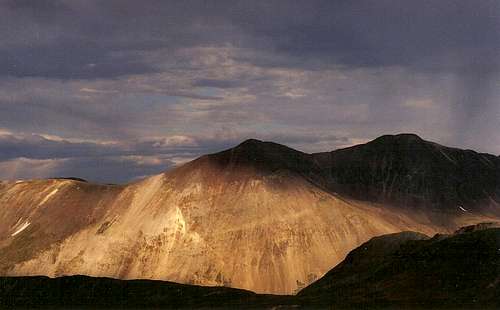
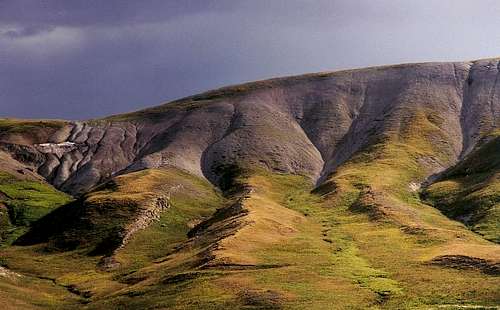
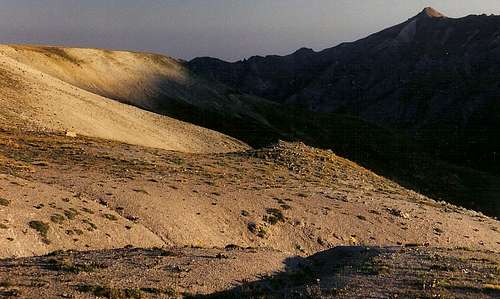
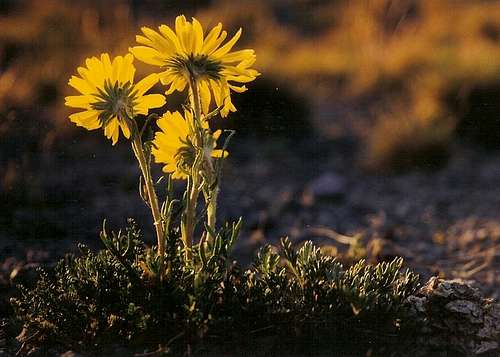





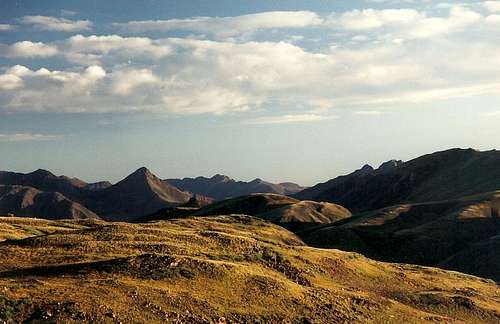
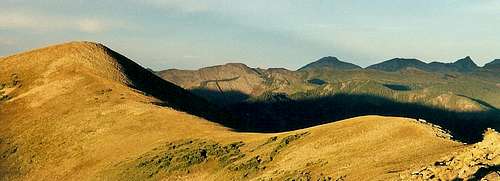


Comments
Post a Comment